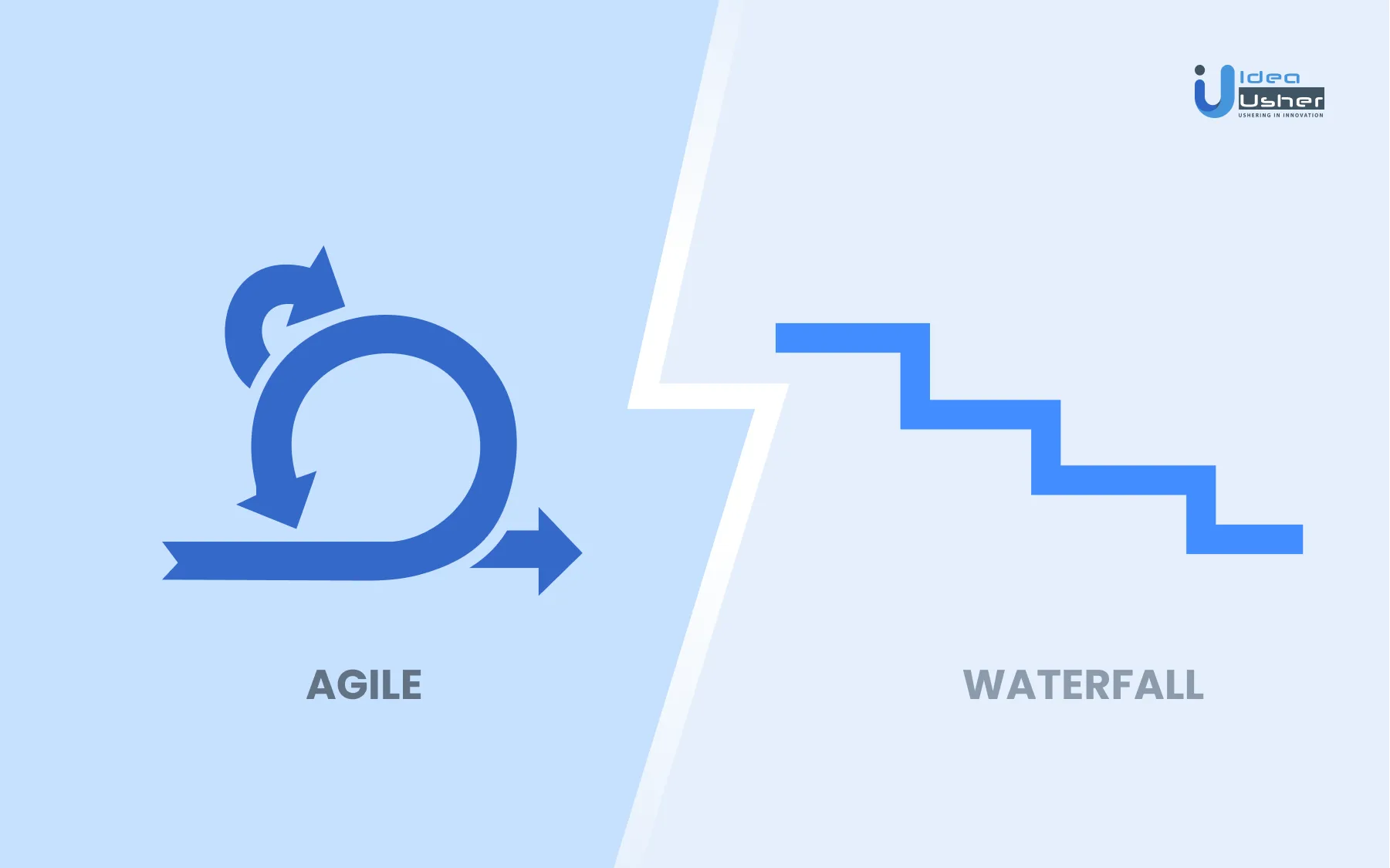
The corporate world has changed dramatically since the advent of the internet. Traditionally, while smaller businesses tried to retain their local customers, giant-sized companies tried to corner most of the market. Project management methodologies have become essential to how everything functions. This article will examine the difference between the most popular methodologies, Waterfall vs. Agile.
The advancements in technology now let startups or smaller businesses reach out to entirely new segments of customers. Technology has driven this change. At the same time, the use of technology also created a faster-moving and more dynamic environment for businesses.
A report by Statista displays that around 25% of the European mid-market businesses have updated their mobile applications monthly, whereas 23% updated their apps every week.
In the current corporate environment, it is necessary to keep up with the trends to maintain one’s consumer base and destabilize a monopoly. As a result, companies and businesses must remain at the cutting edge of technology to thrive.
What is waterfall methodology?
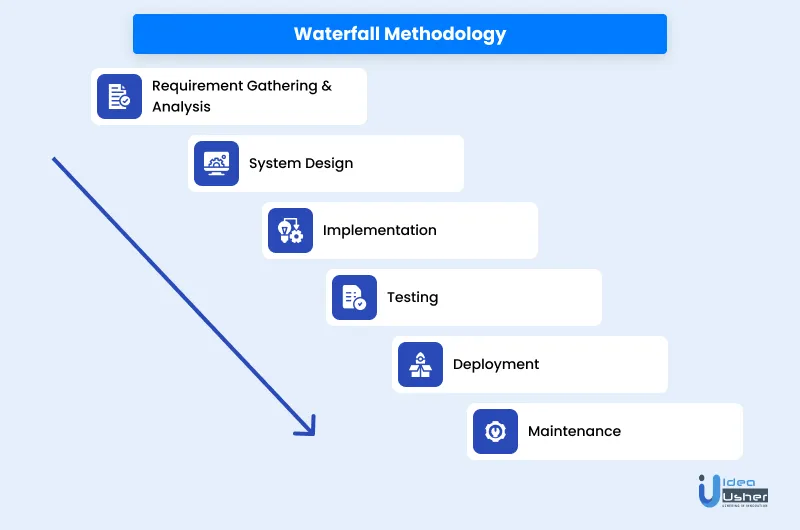
As the name suggests, the waterfall model flows like a waterfall through all the project phases. The waterfall was the earliest process model introduced and is very simple and easy to use. It is a sequential development process in which a new phase begins only after the previous phase completes.
This method’s success depends on the work done at the front end. The waterfall method is suited for projects where the objectives are clearly defined from the beginning. Everything, including the UI, user stories, and features, is documented in advance. Thus, the estimated time needed for each requirement is more accurate, and the team can predict the release date with greater accuracy.
This method follows a chronological process and works according to a pre-decided timeline, requirements, etc. In this method, individual teams can function separately and are not required to communicate with each other constantly, except when specific integrations are needed. Industries like construction, IT, and software development regularly use the waterfall model or their QA methodologies.
Toyota used to work using the waterfall model but later shifted to the lean software development model.
How does waterfall software development work?
The waterfall project management methodology operates sequentially. However, the project cannot start if the conditions aren’t gathered fully. Beginning the development phase is possible only after the system project ends. Each step has its entry and exit criteria.
A successful waterfall software development project lays heavy emphasis on accuracy. However, the system design wouldn’t reflect the client’s conditions if conditions weren’t rightly proved. A system developed grounded on such a project will not deliver value to the client.
Still, it becomes an expensive error if we find that the conditions were captured inaptly during the development phase. One must go back to the conditions gathering phase. The team must modify every document there. Later, they must correct the project.
To avoid expensive errors found later in the life cycle, waterfall projects mandate strict processes. For example, each phase must produce results in a previously determined manner. For the conditions gathering phase, it could be the condition’s definition. The project document is the outcome of the design phase.
The output of each phase needs review. The subsequent step can start only when the product of the previous stage meets the quality norms. These reviews use checklists and questionnaires assembled over time by learning from earlier systems. Reviewers validate their findings and prioritize them. The project team needs to resolve any issues that come up.
Pros of waterfall methodology
One of the advantages of the waterfall model is that it has a fixed timeline and budget. It allows the project to transcend smoothly without frequent collaborations or follow-ups from the client. Thus, the project managers can easily plan and coordinate with the stakeholders or business partners.
The other advantages of the waterfall method are as follows:
- Simple and easy: The waterfall model is quite simple and easy to understand and use as it follows a linear and sequential approach.
- Better management: This method is easy to manage because of its rigidity. Everything works according to the fixed requirements, and there is not much deviation.
- Accurate cost estimation: This method allows better cost estimation as the requirements and timelines are already decided at the beginning.
- Progress monitoring: It is easier to monitor the progress as per the milestones set in advance.
- Convenience for new joinees: New developers who join the project do not have to wait long for the knowledge transfer. They can start working soon because the document clearly states all the requirements.
- No delay: There is no delay in the production because the customers do not keep adding requirements.
Cons of waterfall methodology
One of the disadvantages of the waterfall approach is that addressing unexpected problems can be difficult and time-consuming. It may require you to go back to the already completed phases. Thus, the rigidity of this approach becomes an issue in this case.
The other disadvantages of the waterfall approach are as follows:
- No working model: When working with the waterfall approach, no working model of the software is produced until late during the life cycle.
- Risk: This method leads to high risk and uncertainty.
- Unsuitability: This model is unsuitable for complex and object-oriented projects. Similarly, it is unsuitable for long and ongoing projects.
- Changing requirements: You cannot use this method if the needs of a project are at a moderate to high risk of changing.
- Scope: In this method, you cannot adjust the scope during the project’s life cycle. If done, it can end the project.
- Late integration: Integration is done at the end of the process. Thus, it doesn’t allow identifying any technological or business challenges early.
What is agile methodology?
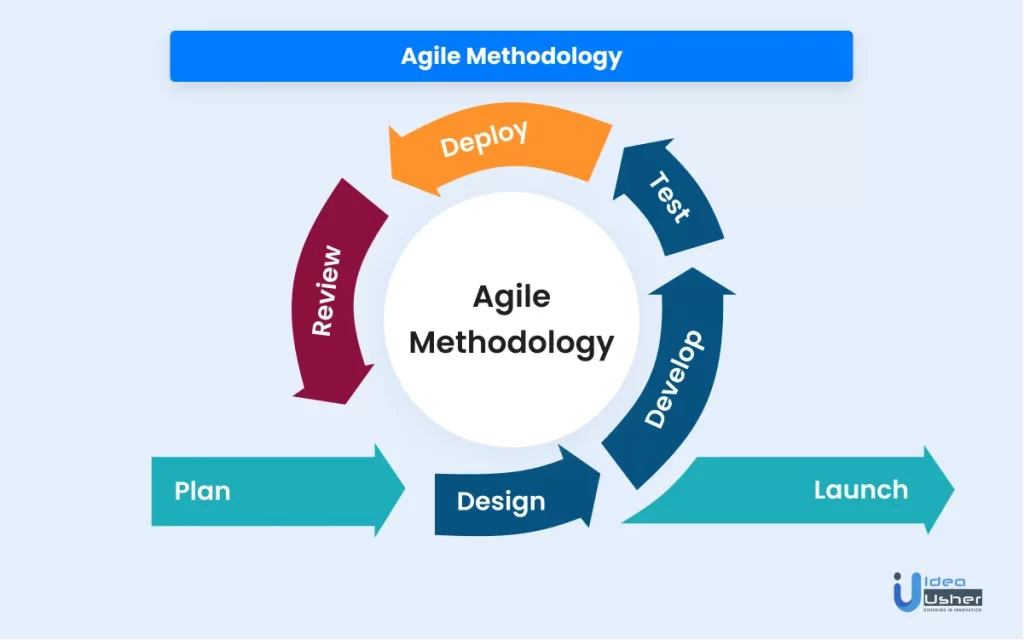
The agile methodology is a software development approach focusing on iterative development. It is a way to manage a project by breaking it down into multiple phases. It involves constant collaboration between self-organizing cross-functional teams and improvement at every stage. Although the project manager prioritizes the work to be delivered, the team decides how to do the job.
Many well-known companies like Apple, IBM, Microsoft, and Procter & Gamble use this approach.
The agile approach focuses on four core values:
1. Individual and team interactions over processes and tools
This value emphasizes teamwork and collaboration. As software development is a team process, there needs to be proper communication between the team members regarding the methods to be followed and the tools to be used.
2. Working software over comprehensive documentation
Although documentation is essential and guides the team members, the primary focus should be on developing software that works rather than extensive documentation.
3. Customer collaboration over contract negotiation
Communication with the customers or clients is a crucial aspect of this approach. By staying in constant touch with the customer, the team can know what the customer wants and work accordingly.
4. Responding to change over following a plan
The plan should not be rigid. It should be flexible enough to accommodate changes arising during the development process.
Pros of agile methodology
Some advantages of the agile approach are as follows:
- Realistic: The agile method is more practical to software development than the waterfall approach.
- Teamwork: This method promotes teamwork and cross-training as constant communication and collaboration are at the core of this approach.
- Speed: Functionality can be developed rapidly and demonstrated.
- Minimum requirements: This approach requires minimum resources.
- Suitability: This approach is suitable for fixed or changing requirement
- Minimal rules: This approach requires minimum regulations, and the documentation is easily employed.
- Concurrency: This method enables concurrent development and delivery within an overall planned context.
- Planning: This approach requires little or no planning.
- Ease and flexibility: This method is easy to manage and flexible for the developers.
Cons of agile methodology
The disadvantages of the agile model are as follows:
- Unsuitability: This approach is not suitable for handling complex dependencies.
- Risk: This approach has more sustainability, maintainability, and extensibility risks.
- Requirements: This method cannot work without an overall plan, an agile leader, and agile PM practice.
- Strict delivery management: Strict delivery management dictates the scope, deliverable functionality, and adjustments to meet the deadlines.
- Customer clarity: This approach depends heavily on customer interaction. Unclear instructions from the customer may drive the team in the wrong direction.
- Individual dependency: There is a very high individual dependency because of minimum documentation.
- Inconvenience for new joinees: Technology transfer to new team members may be quite challenging as there is no documentation.
Waterfall vs. Agile: A comparison
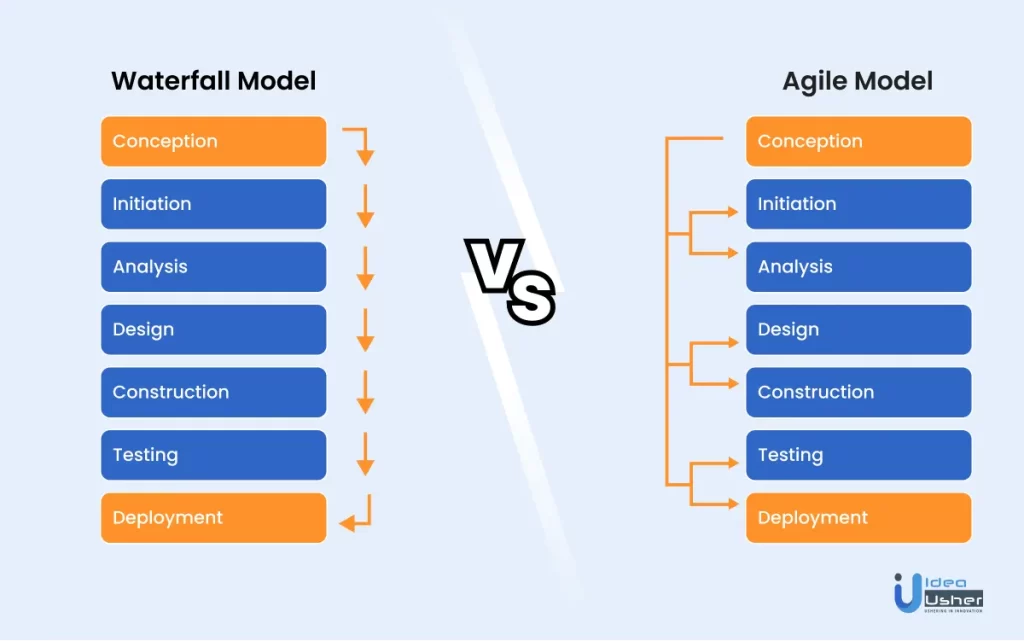
Let us now compare the waterfall methodology vs. the agile methods.
| Waterfall | Agile | |
| Development process | Divided into distinct phases | Separated into sprints |
| Approach | Sequential | Incremental |
| Flexibility | Non-flexible and rigid | Very flexible |
| Projects | One single project | Can be considered a combination of multiple projects |
| Changing requirements | No scope for change in requirements after the project development starts | Due to its flexibility, you can make changes even if the initial planning is done |
| Phases completion | All the project management phases are completed only once. | It is an iterative approach, and the phases may appear more than once. |
| Test plan | Rarely discussed during the test phase | Reviewed after each sprint |
| Suitability | Ideal for projects having definite requirements and no changes expected | Ideal for projects where you expect requirements to change and evolve |
| Development and testing | The testing phase comes after the development phase. | Testing is performed concurrently with the development. |
| Project vs. product mindset | Shows a project mindset and focuses on completing the project | Shows a product mindset and focuses on delivering a quality product to satisfy the end customer |
| Fixed-price scenario | Reduces risk in the firm’s fixed-price contracts by getting a risk agreement at the beginning of the project | May increase stress in fixed-price scenarios |
| Team coordination | Very limited | Highly important |
| Test team involvement | Difficult for the test team to change the requirements | The test team can change the requirements. |
Winding-up
Is agile better than waterfall? Or the other way round? Both agile and waterfall methodologies have their defining advantages and disadvantages. It primarily depends on your project and the project’s requirements.
One can adopt waterfall for a more sequential project, while agile can be adopted for a non-linear project. For more help with the agile and waterfall project management methodologies, you can contact experts at Idea Usher.
Frequently asked questions (FAQs)
Here are some interesting FAQs about waterfall vs. agile.
1. What is agile methodology vs. waterfall?
The agile methodology focuses on the continuous delivery of development and testing iterations. On the other hand, the waterfall is a linear sequential life cycle model.
2. How to choose between agile and waterfall?
Waterfall is preferred when the project has a fixed timeline and budget. Agile is preferred when speed is more important than documentation and method.
3. Waterfall vs. agile, which is better?
The answer to this question depends on the type of development you are undertaking.


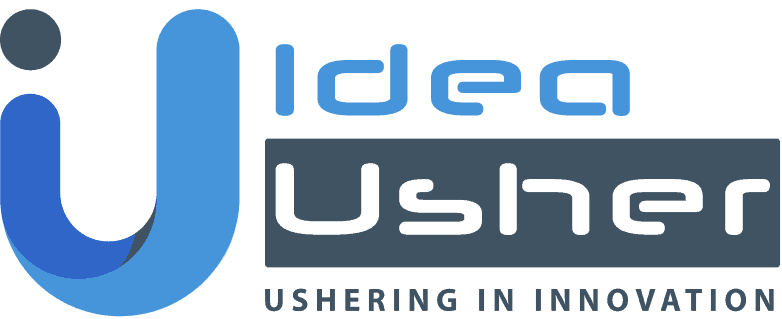

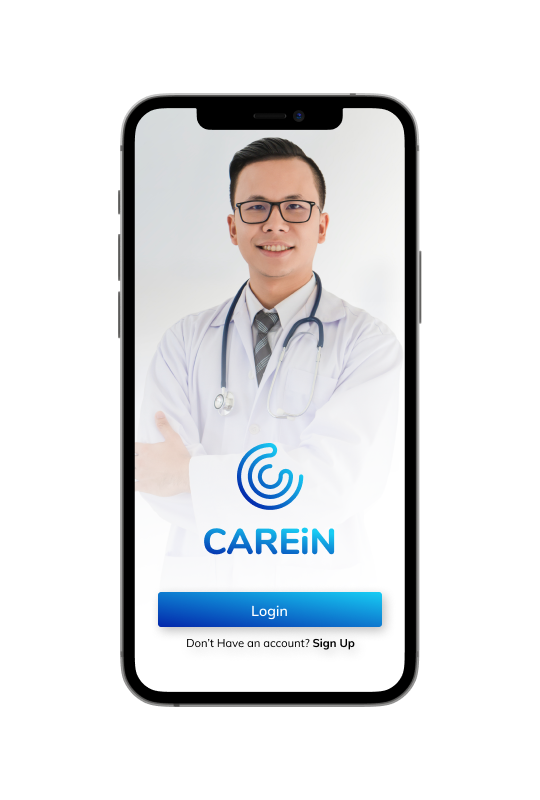
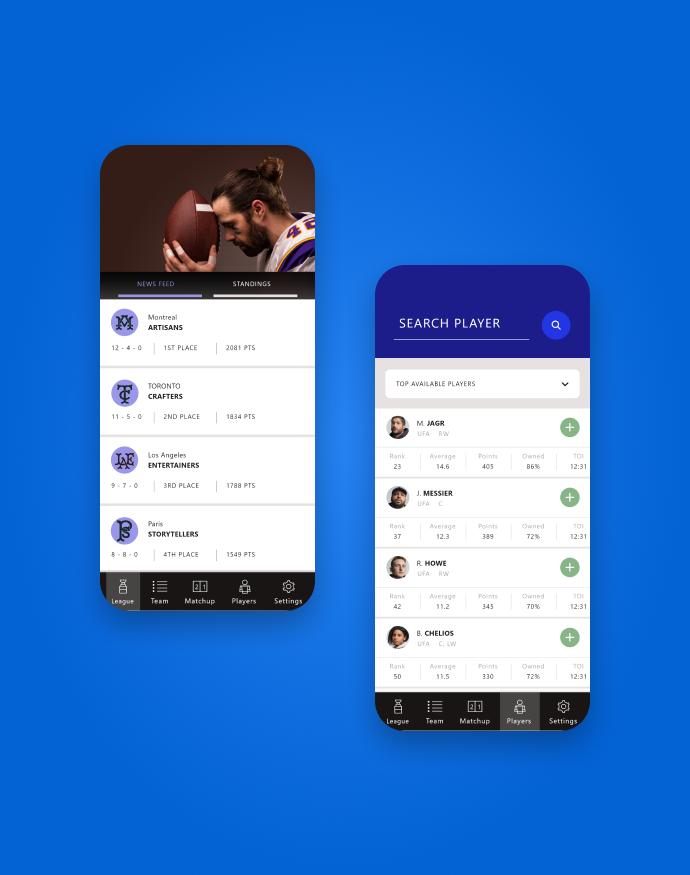
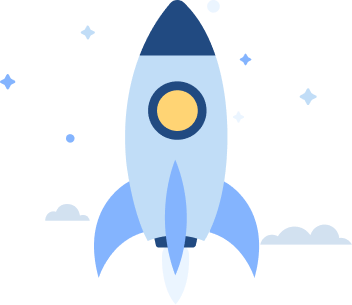
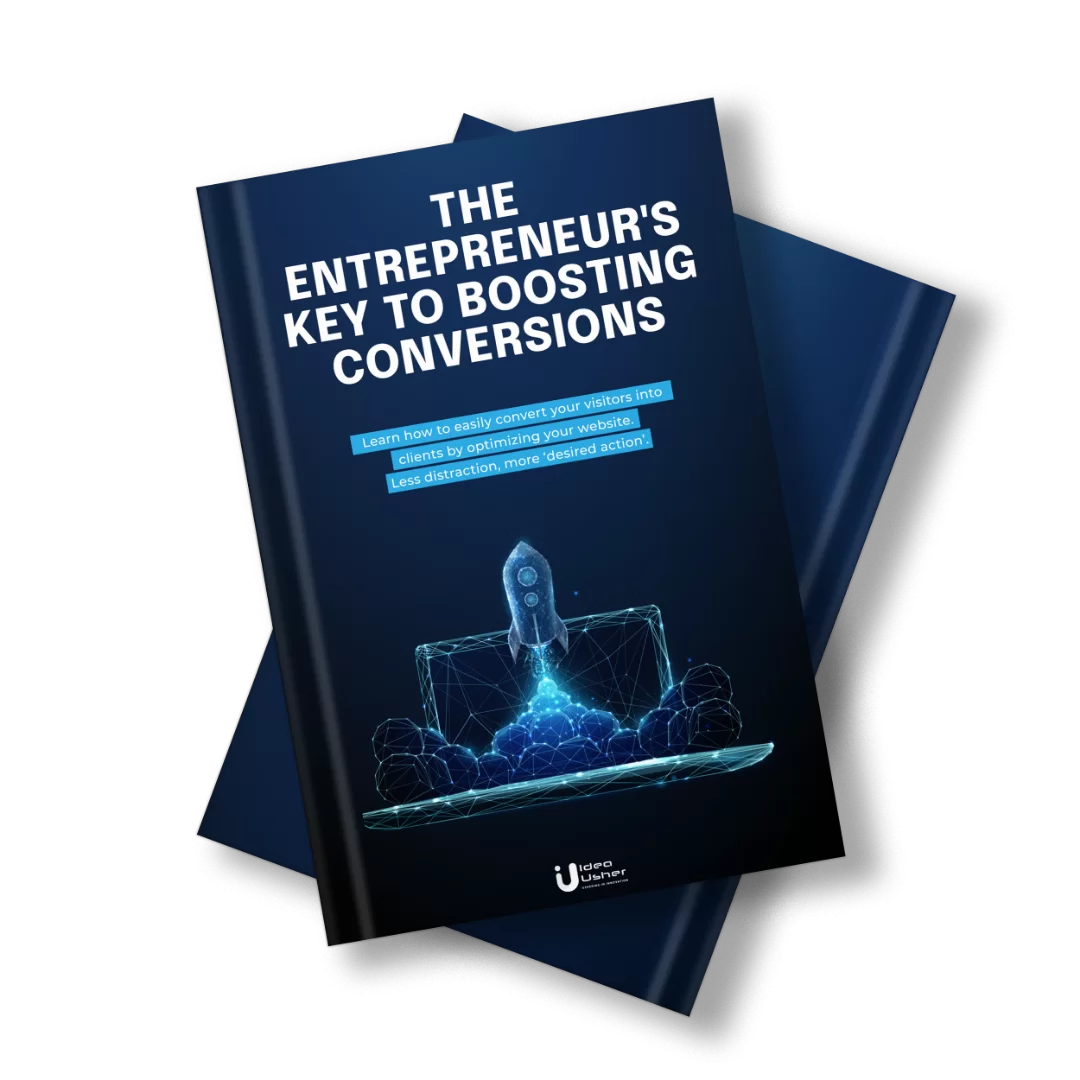
Mayank Sharma